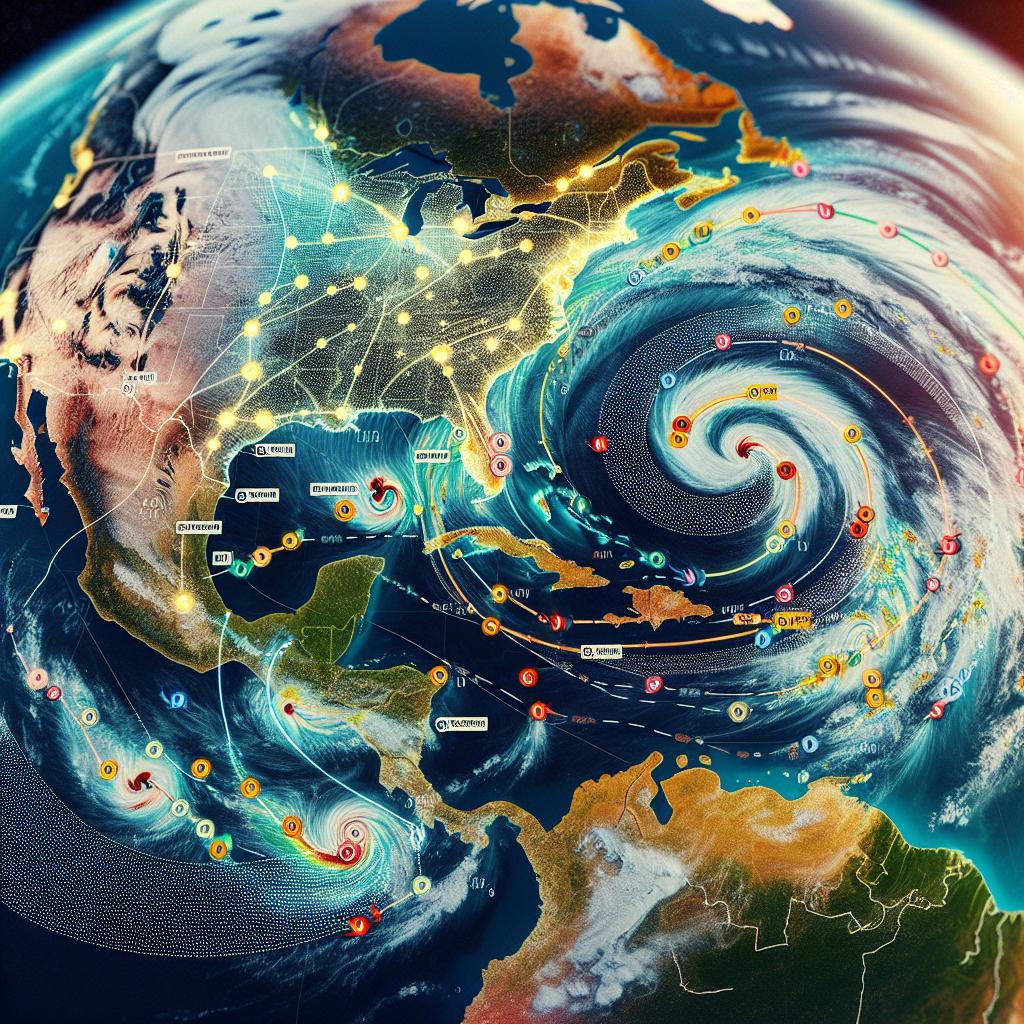

Hurricane tracking map
The Sunshine State, Florida, faced a major blow from Hurricane Helene as it made landfall late on Thursday, with meteorologists predicting the storm’s movement into South Carolina by Friday. Helene is forecasted to bring a deluge of torrential rain and gusty winds, making an already dire situation worse.
Expected to hit Florida’s eastern Panhandle, in the Big Bend region, as a formidable Category 4 storm, Hurricane Helene has put more than 42 million people in Florida, Georgia, and Alabama under hurricane and tropical storm warnings as of Wednesday evening. Once through Florida, Georgia is Helene’s next stop on Friday, with South Carolina closely dodging the storm’s path.
Even though the Palmetto State narrowly escapes a direct hit, residents are bracing for substantial rain damage and flooding, courtesy of Helene’s strong winds travelling from the Atlantic Ocean. South Carolina’s coastal regions can anticipate significant storm surge and flooding.
The National Weather Service issued a grim warning on Wednesday afternoon for residents in Georgia, Florida and South Carolina about lethal threats from inland flooding and high winds, likely to persist even after the hurricane’s passage. The service alerted that major flood risks could also affect areas surrounding metro Atlanta and western North Carolina, outside of Florida.
As Helene progresses inland, potent winds threaten the power grid, raising the risk of widespread power outages. The National Weather Service Office in Charleston disseminated tropical storm watch warnings that encompass portions of South Carolina’s coastline and inland regions on Wednesday morning.
Though the expected landfall of Helene is within the Florida Panhandle, its escalation into a stronger hurricane could endanger inland areas with more indiscriminate damage. Based on recent computer models, Helene faces high odds of experiencing rapid intensification within the next 24 hours.
Notably, rapid intensification refers to a scenario where a hurricane’s winds accelerate by 35 mph or more within a 24-hour window. Though Helene briefly achieved Category 4 status, meteorologists speculate it could regain that status before landfall, presenting an even greater threat.
In the face of Helene’s impending onslaught, portions of Charleston may face inundation from Thursday night through Friday morning. It’s clear that while the city may have narrowly avoided a direct hit, the storm’s peripheral impact still poses serious challenges for the state of South Carolina.
With preparations underway and warnings duly issued, the upcoming days will undoubtedly prove a test of resilience for the state and its residents. Only time will tell what the storm’s exact impact will be as it continues its destructive path inland and through the southeast.
News Summary Both North and South Carolina are grappling with severe wildfires that led to…
News Summary On January 2, 2025, Greenville County was thrown into chaos when a bomb…
News Summary In a historic moment, South Carolina executed Brad Sigmon, a 67-year-old inmate, using…
News Summary A shooting incident at a Lancaster Walmart on April 1, 2025, left two…
News Summary In Spartanburg, a new initiative, 'Project 100', aims to fill the growing childcare…
News Summary South Carolina has been named the number one growth state in 2024 according…